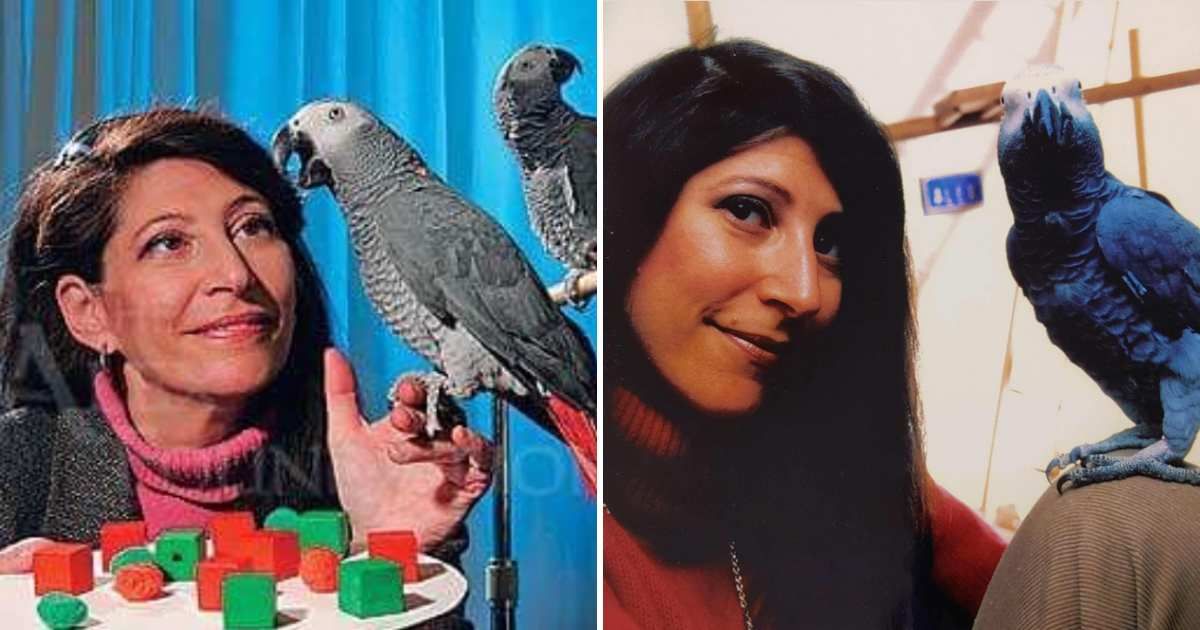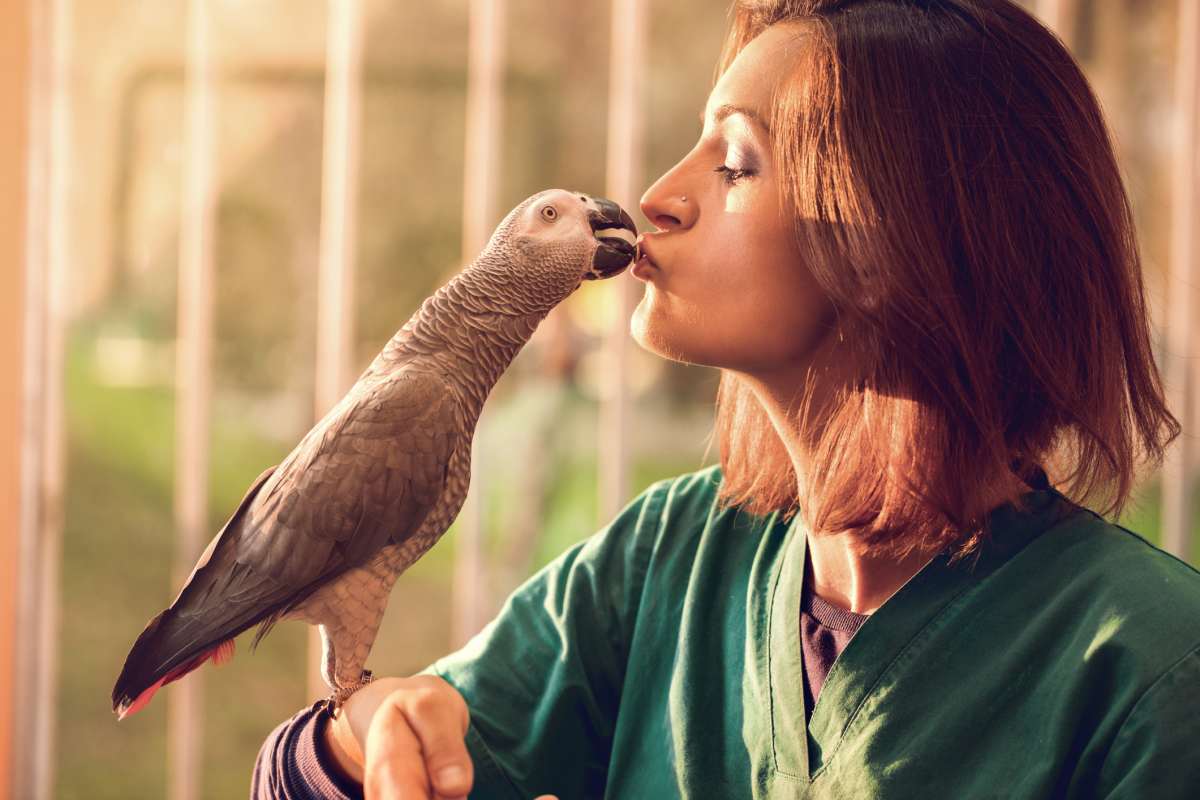This Intelligent Parrot Was the First One Ever in the Animal Kingdom to Ask an Existential Question

“You be good, see you tomorrow. I love you,” these were the final words Alex, the parrot, hissed softly in the ears of Doctor Irene Pepperberg as she helped him settle inside the cage for the last time. On September 6, 2007, the entire world was mourning the devastating loss of this 31-year-old African parrot, according to a report by The New York Times. Doctor Pepperberg, more than anyone else. An animal psychologist, the doctor had been conducting research on Alex’s brain for the past three decades. His sudden death left a void in her heart that was earlier brimming with the episodes of his tantrums and tactics.

No one knows what mechanism unfolded inside the walnut-sized brain of Alex, but ever since Doctor Pepperberg bought him from a pet shop in Chicago, she was spellbound. Her observation revealed that the creature's intelligence could be likened to that of a 6-year-old human toddler. While there were dozens of parrots she was studying in her laboratory, Alex was different. This boy was as sharp as a tack from the very beginning, since 1977 to be precise.
View this post on Instagram
“What color?” “What shape?” “What form?” “What material?” Pepperberg often blasted Alex’s brain with questions like these. Many a time, she would grab an orange cube piece and ask him what it was. Shattering all her previous assumptions about “bird brain,” Alex seemed to have the answers to these seemingly intellectual questions. In a Harvard University video, she shared that by studying these communicative and cognitive systems of parrots’ brains, she helped scientists design learning models and intelligent learning systems rooted in the intricacies of intellect.
View this post on Instagram
Every parrot displayed their own proficiency level when tested in the laboratory. Some had an affinity for shapes and colors, while some displayed cleverness for detecting and recognizing every sensory element, from textures to materials to forms and colors. However, in most of these birds, the intelligence, initially, was limited to perfect shapes and colors. For instance, if one corner of an orange cube was molded into a circular form, the parrot still identified the object as a cube. Seeing this, the doctor wondered if this could pose challenges for these birds in the wild if they encountered a cunning predator.
So, she initiated their training using learning models crafted and designed especially for their little brains. Each time Alex or another parrot learned a new thing, they would squeak to express that they were pleased. A video by MottosTV shares that Alex even possessed an understanding of what he said, including a vocabulary stretching to hundreds of words.
View this post on Instagram
He could identify 50 different objects and could estimate the quantities of these objects. He could tell a bigger object from a smaller one. In one of the training episodes, he looked at the mirror and asked the question, “What color?” This made him the first ever bird to have ever asked an existential question, following which he was rewarded with another word for his vocabulary collection: gray.
Her lifelong friendship with Alex prompted the doctor to start The Alex Foundation (@thealexfoundation), a non-profit organization where scientists study bird brain cognition in Pepperberg's laboratory, located at Harvard University in Cambridge, Massachusetts. Alex left us, but even with this, he inspired a whole community of scientists to shift their mindset and rethink what people refer to when they say “bird brain.”
More on Green Matters
Clever Crows Are Now Picking Up Cigarette Butts — And Quietly Saving Millions in Cleaning Costs
Man Offers Water to a Thirsty Pigeon That Visited His Yard — Now the Bird Is Obsessed With Him
Japanese Crows Were Seen Placing Walnuts in the Middle of the Road — Then Biologists Found Out Why